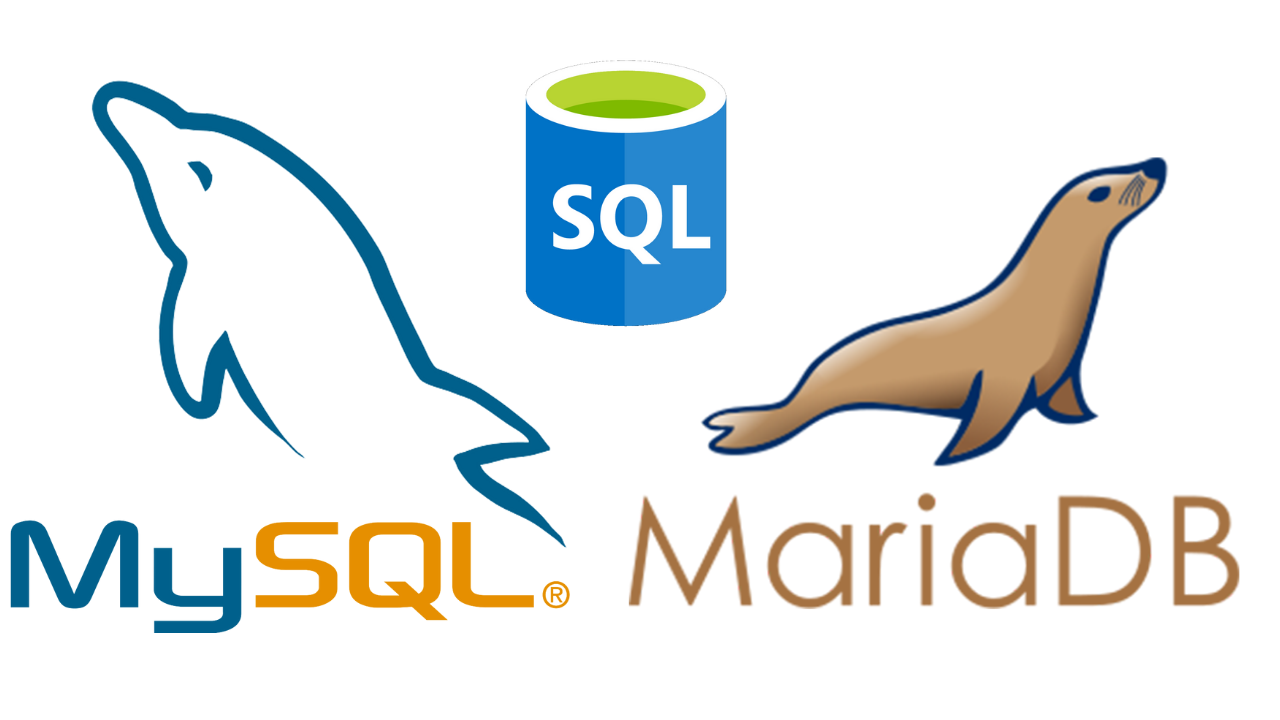How to Recover MySQL Table Structure from .frm File
To recover MySQL table structure from .frm file, you can use dbsake. You can find dbsake documentation at http://dbsake.readthedocs.org/en/latest/. To install dbsake, run To find the structure of a table from the .frm file, run Back to MySQL



